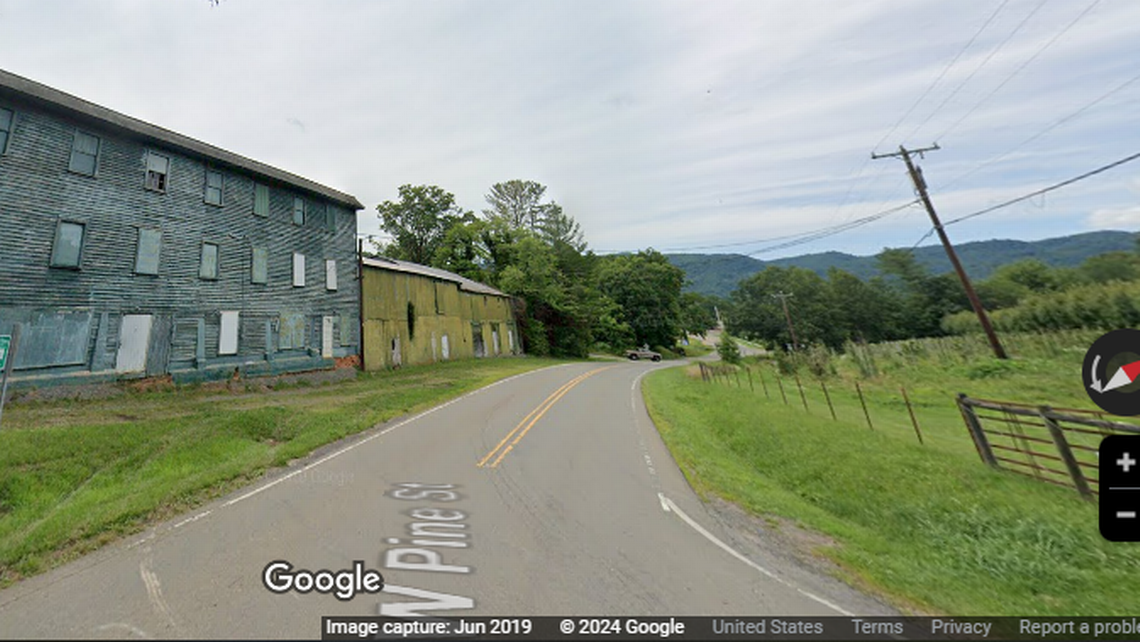The first was a 2.3 magnitude quake and the second was a 1.5, and they happened within 45 minutes of each other just after sunset Saturday, March 30, the USGS says.
The epicenters were about 4 miles northwest of Lowgap, an incorporated community south of the Virginia border in Surry County. Both were shallow, with the 2.3 quake emerging from a depth of just three-quarters of a mile below the surface, officials say.
A handful of witnesses have reported weak to light shaking was felt as far as 3 miles from the epicenter, the USGS says.
Records dating back to Jan. 1, 2000 do not show a history of earthquakes in the area.
However, Lowgap is about a 20-mile drive east of Sparta, which has had dozens of earthquakes in that time, including a 5.1 magnitude quake in 2020.
Earthquakes typically aren’t felt until they exceed 2.5 magnitude, experts say. That’s also the point at which minor damage can start to occur.
The mountains and foothills of North Carolina are not on an active tectonic plate boundary — where earthquakes are common — but the region has sporadic minor quakes linked to old fault lines, geologists.
What to do in an earthquake
Earthquakes’ sudden, rapid shaking can cause fires, tsunamis, landslides or avalanches. They can happen anywhere, but they’re most common in Alaska, California, Hawaii, Oregon, Puerto Rico and Washington, according to the Department of Homeland Security.
If an earthquake strikes, it’s best to protect yourself right away. Here are tips from experts:
-
If you’re in a car: Pull over and stop. Set your parking brake.
-
If you’re in bed: Turn face-down and cover your head with a pillow.
-
If you’re outdoors: Stay away from buildings. Don’t go inside.
-
If you’re inside: Stay and don’t run outdoors. Stay away from doorways.
The best way to protect yourself during an earthquake is to drop, cover and hold on, officials say.
“Wherever you are, drop down to your hands and knees and hold onto something sturdy,” officials say. “If you’re using a wheelchair or walker with a seat, make sure your wheels are locked and remain seated until the shaking stops.”
Be sure to cover your head and neck with your arms, and crawl under a sturdy table if possible. If no shelter is available, crawl to an interior wall away from windows. Once under a table, officials say you should hold on with one hand and be ready to move with it.
“There can be serious hazards after an earthquake, such as damage to the building, leaking gas and water lines, or downed power lines,” experts say. “Expect aftershocks to follow the main shock of an earthquake. Be ready to Drop, Cover, and Hold On if you feel an aftershock.”
Crack in ground more than 1.5 miles long found at site of 2020 quake in North Carolina
Odd 4.5-magnitude earthquake reported in deep ocean southeast of NC’s Outer Banks
Mysterious earthquakes in South Carolina may be tied to historic disaster, study says
